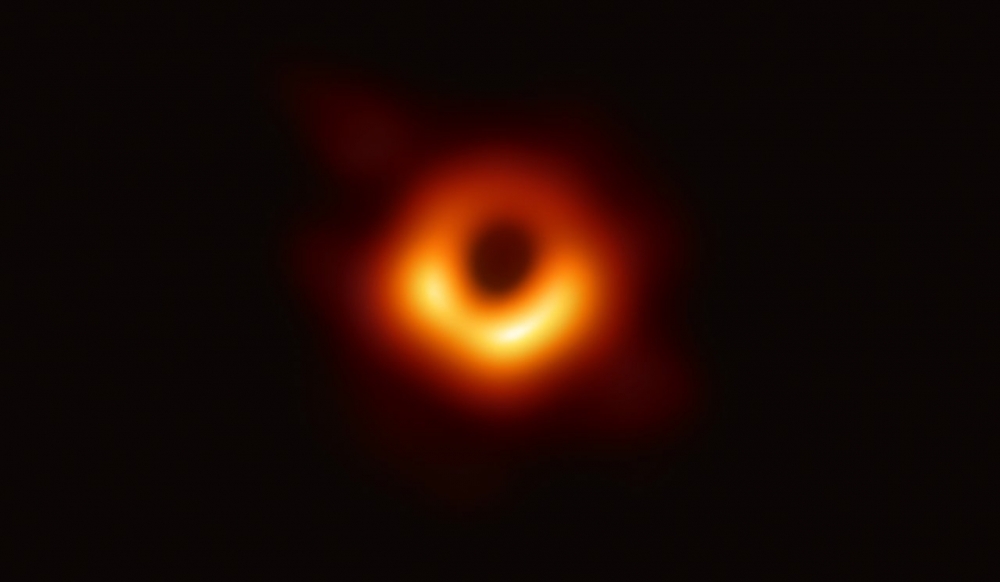Event Horizon Telescope (EHT) tests of the strong-field regime of General Relativity

Credit: EHT Collaboration, [CC BY 4.0]
Written by Sebastian H. Völkel and Nicola Franchini
The name “black hole” describes the incredible phenomena that light cannot escape away from it. Here, the gravitational pull is beyond any measure, meaning that there is no emission at all. The boundary of this region is called the event horizon. On the other hand, the light that only approaches but never passes the event horizon is strongly deflected and eventually follows highly bent orbits around the black hole, until some of it can be observed on Earth.
Albert Einstein’s general theory of relativity predicts the existence of black holes. The mass of these objects can span from tens to millions or even billions of times the mass of the Sun. The latter is referred to by astrophysicists as supermassive black holes. These monsters have a lot of astrophysical relevance since they dwell in the centers of most galaxies, including the Milky Way.
According to scientists, black holes are surrounded by very hot gas in the shape of disks that are constantly rotating around the black hole. While some gas spirals inwards from far-out regions of the disk, other gas of the inner region falls into the black hole. These mechanisms produce light, which either fall in the black hole or escape from the system. The closest thing to a picture of a black hole (which itself does not emit light) is a detailed measurement of the shining gas being swallowed by it. Ongoing developments in radio astronomy, computer simulations, and data analysis techniques make it possible to take images of supermassive black holes, as demonstrated by the Event Horizon Telescope Collaboration in the last few years.
See full text